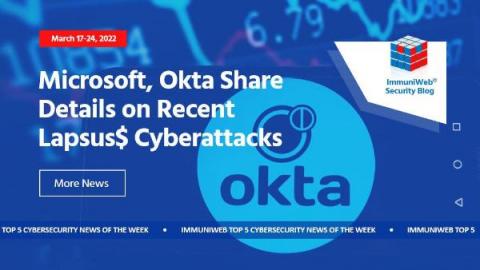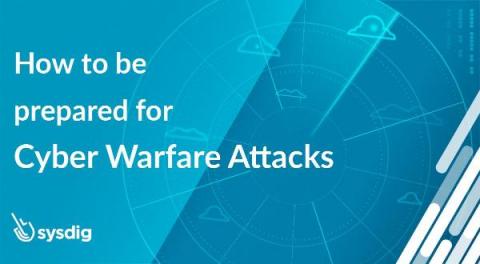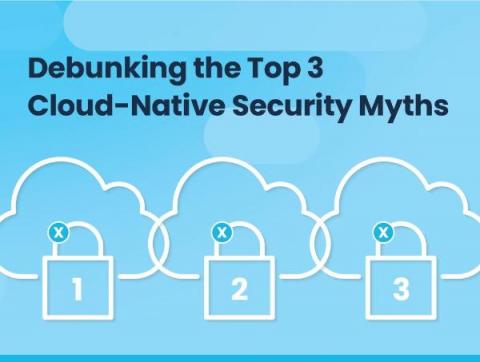The one-stop solution for keeping your IT environment secure
Cyberthreats continue to evolve, causing trillions of dollars in losses. There will be a 76% increase in cybersecurity breaches by 2024, according to StealthLabs. A report by IBM states that it took an average of 287 days to identify and contain a data breach in 2021. According to Verizon’s 2020 Data Breach Investigations Report, 86% of cybersecurity breaches were financially motivated, and 10% were motivated by espionage.











